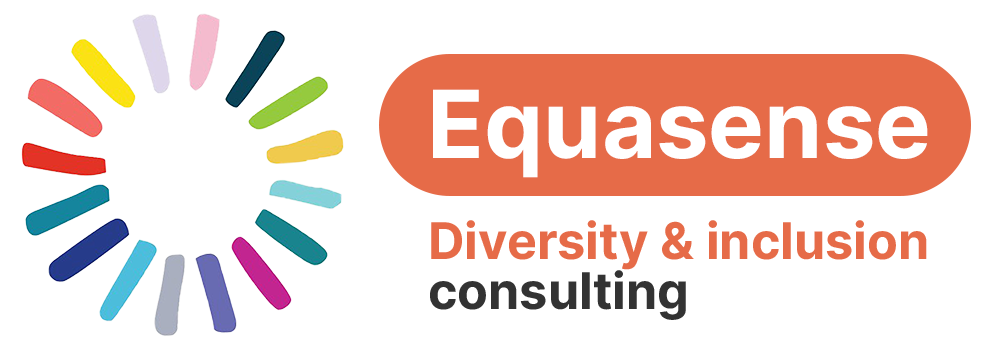
I am forced to conclude a rather unsatisfactory – “it depends”. And what does it depend on, you ask? Well, just as in the pre-Covid19 world, it depends on the intent and skills of those running the meeting. So basically, if someone is going to exclude people from whatever decision needs making (and if the meeting isn’t making a decision you might want to think about whether a meeting is the best thing to be doing – it may be but at least think about it), they will likely find a way to do it whether it’s a virtual meeting or an in-room, physical meeting.
We’ve all been in meetings, both physical and virtual, where either ourselves or someone else has been clearly excluded. Ways to be excluded include:
- Not actually physically being able to attend due to timing of meeting (especially those 8am or 5 pm meetings)
- Not being sent an agenda, or papers beforehand, or worse, being sent 400 pages of papers at 6pm on a Friday for a 9am Monday meeting.
- Not being given an opportunity to speak, or the floor is monopolised by someone who has many many opinions (with a weak meeting chair who does nothing to stop this)
- Being put on the spot when you naturally prefer to think things through before you speak OR being hurried along when you naturally need to speak in order to think things through.
- In-jokes that the majority of the group seem to know about, but you don’t. Same for additional information relevant or even critical to the purpose of the meeting that has not been circulated to everyone.
- Overt bullying and harassment including being humiliated in public
- Your contribution being dismissed until someone with more social credit in that setting says the same thing, at which point it is adopted and attributed to them.
- Language – not only fluency but also shared context specific language and asides, jokes and cultural references
These things are just as easy to do in a virtual meeting as they are in a physical meeting. Additional challenges that might lead to exclusion (intentional or otherwise) from virtual meetings include:
- Technological challenges – people working on different platforms may have different capabilities to be “on screen” and reading documentation at the same time. They may not have access to (or be able to afford consumables for) a printer and so are trying to both read documents and be on camera at the same time. This is why sending paperwork in advance is even more important for virtual meetings. Bandwidth can also be a problem. Turning video off saves bandwidth but prevents even more of the non-verbal clues we give off that help communication in meetings.
- Space to be in a meeting – people may not have a quiet space to be in. Headsets, ability to mute microphones and switch off video and virtual backgrounds are all very well and go some way to allowing people discretion about what they show of their homelife to work colleagues but if your only option is a shared space that makes meetings difficult.
- Out of sync working times – especially while schools are off, schedules are all over the place. Realistically, if you are holding large meetings, someone is bound to be unavailable. You can reduce the feeling of pressure to attend by making sure only those who truly need to be there are invited. You can make it easier to contribute by circulating the agenda, papers and summary points promptly and being clear how people unable to attend in person can contribute or learn about what was decided. Record the meeting and make available to those unable to attend if it is safe to do so and everyone agrees.
In fact it can be even harder to speak up against bad behaviour in a virtual meeting – chairs or speakers can ignore you and on many platforms even mute your microphone. Without the non-verbal clues of “hard stares” it takes even more confidence to speak up in this situation.
This is not an exhaustive list.
I am not going to end this article as you might expect, with a list of “tips to run inclusive meetings”. There are plenty of those checklists out there already.
I am going to end by saying that the ONLY way to make meetings, virtual or physical, inclusive, is for those leading the meetings to determine that the meetings WILL be inclusive so that the decisions made there benefit from the diversity of thought and experience present. Having your managers and leaders adopt an inclusive mindset will revolutionise meetings, give everyone a voice and result in more effective decision making.
If you have found this blog interesting, why not sign up for our inclusive workplaces newsletter.


Recent Comments